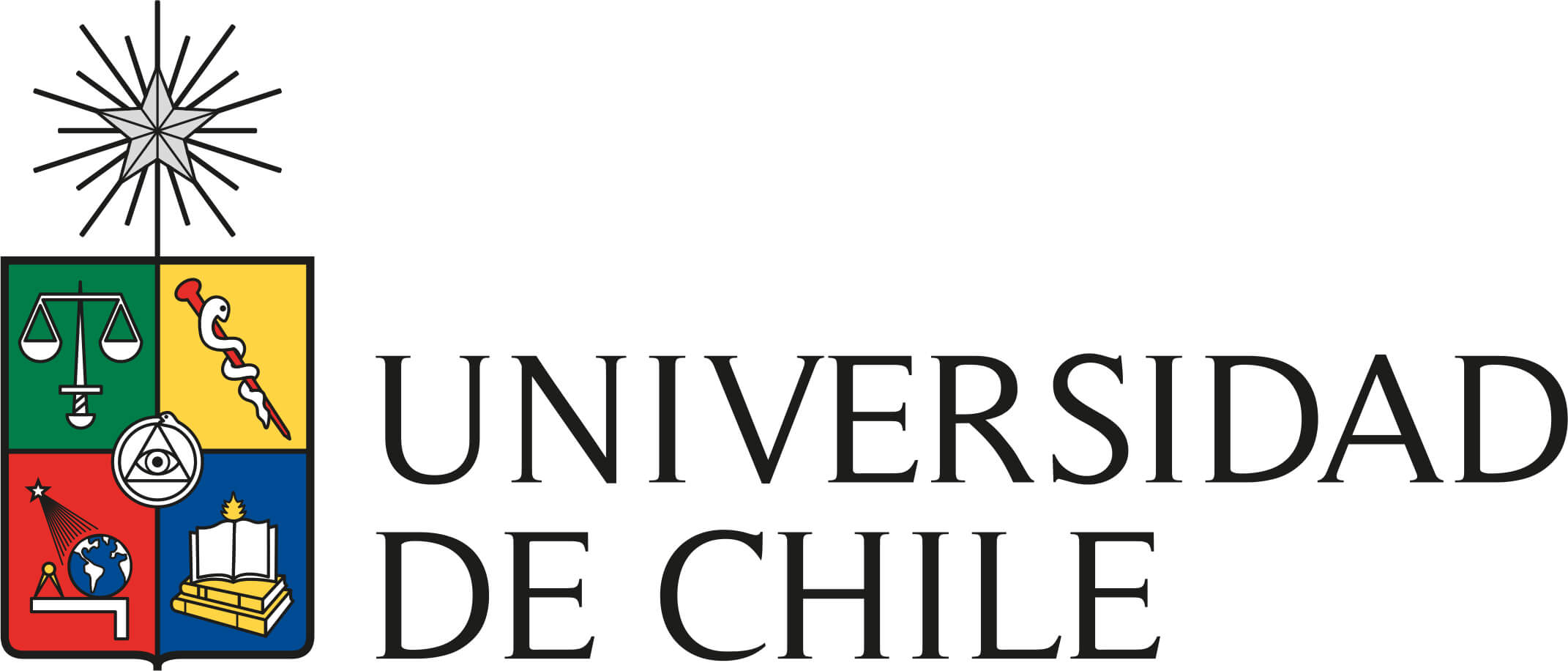In a year marked by astronomic discovers like the privileged view that we had a few weeks ago from Pluto, in Chile, emerges a new landmark in this subject. HD 110014c is the name of the planet discovered by Maritza Soto, a student in the Ph.D in Astronomy in the Physical and Mathematic Sciences Faculty at Universidad de Chile. “This planet orbits a red giant star, which is very atypical. Only one of five planets that are known orbits around this kind of stars”, explains Soto.
The discovery
The data analysis took almost eight months, while the finding was made using the radial velocity method, which measures the star movement that is produce when there’s an object orbiting it.
“The data of the HD110014 system was taken by another astronomers between the years 2004 and 2011. They were archived in the database of the European Souther Observatory (ESO). What we did was to take that data, re-study it, and then we realized that there was a planet that wasn't supposed to be there, or at least, one that nobody saw until then”, adds the astronomer.
The discovery was made using mainly data from the FEROS spectrograph, that’s on the 2.2m telescope on the ESO's La Silla Observatory and “we also used some data from HARPS spectrograph, that we could also find in La Silla”, concludes Maritza Soto.
A human team installed in Chile
The paper was published in the last printed edition of science magazine Monthly Notices of the Royal Astronomical Society, where Maritza Soto signed as first author. In the scientific crew also participates the DAS' academic James Jenkins –who also is Soto's guidance teacher and who was in the team that discovered the nearest planet in habitable zone, Tau Ceti e- and Dr. Matías Jones from the Universidad Católica’s Astroengineer Center.
Artistic animation of the traslation movement of the planet orbiting its star, made by Ricardo Ramírez, student at the Msc. in Astronomy program at Universidad de Chile:



